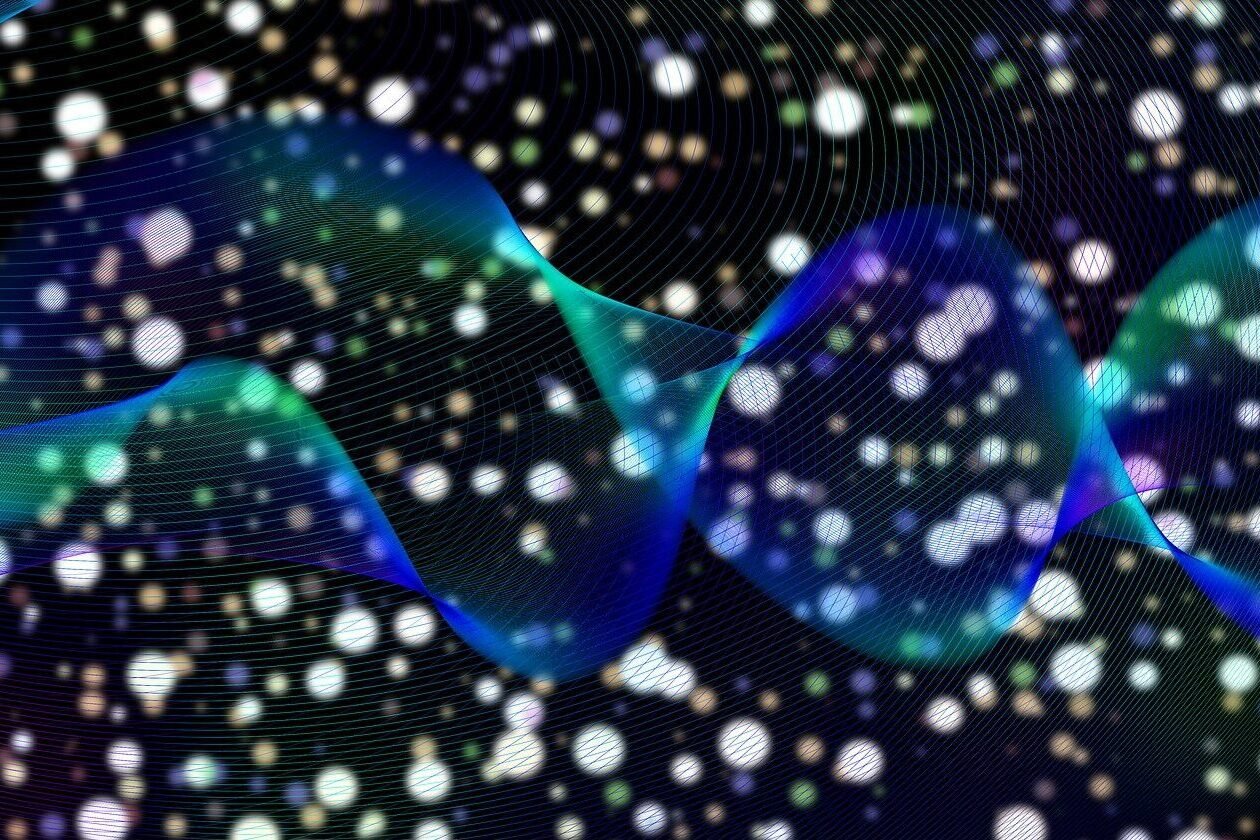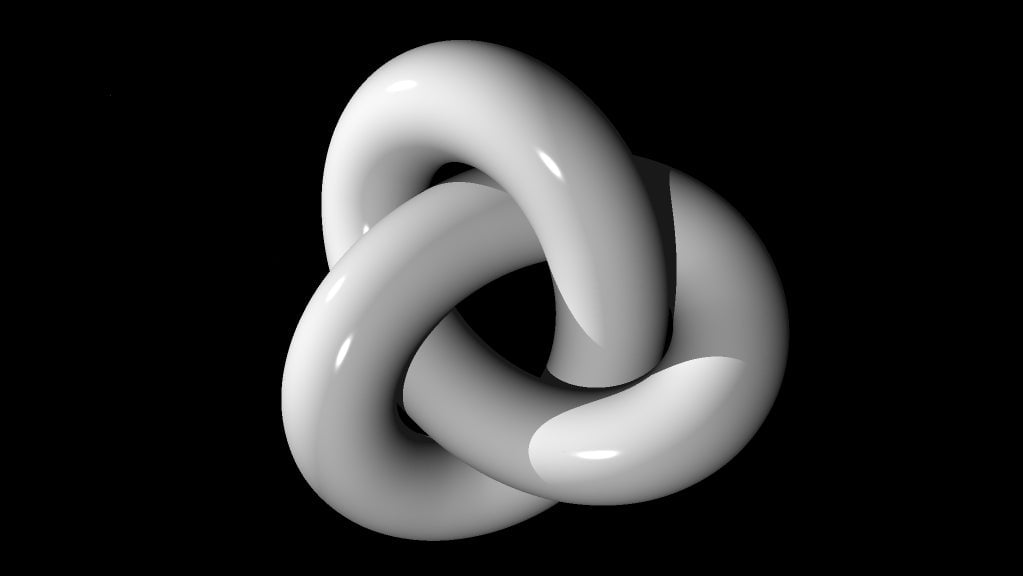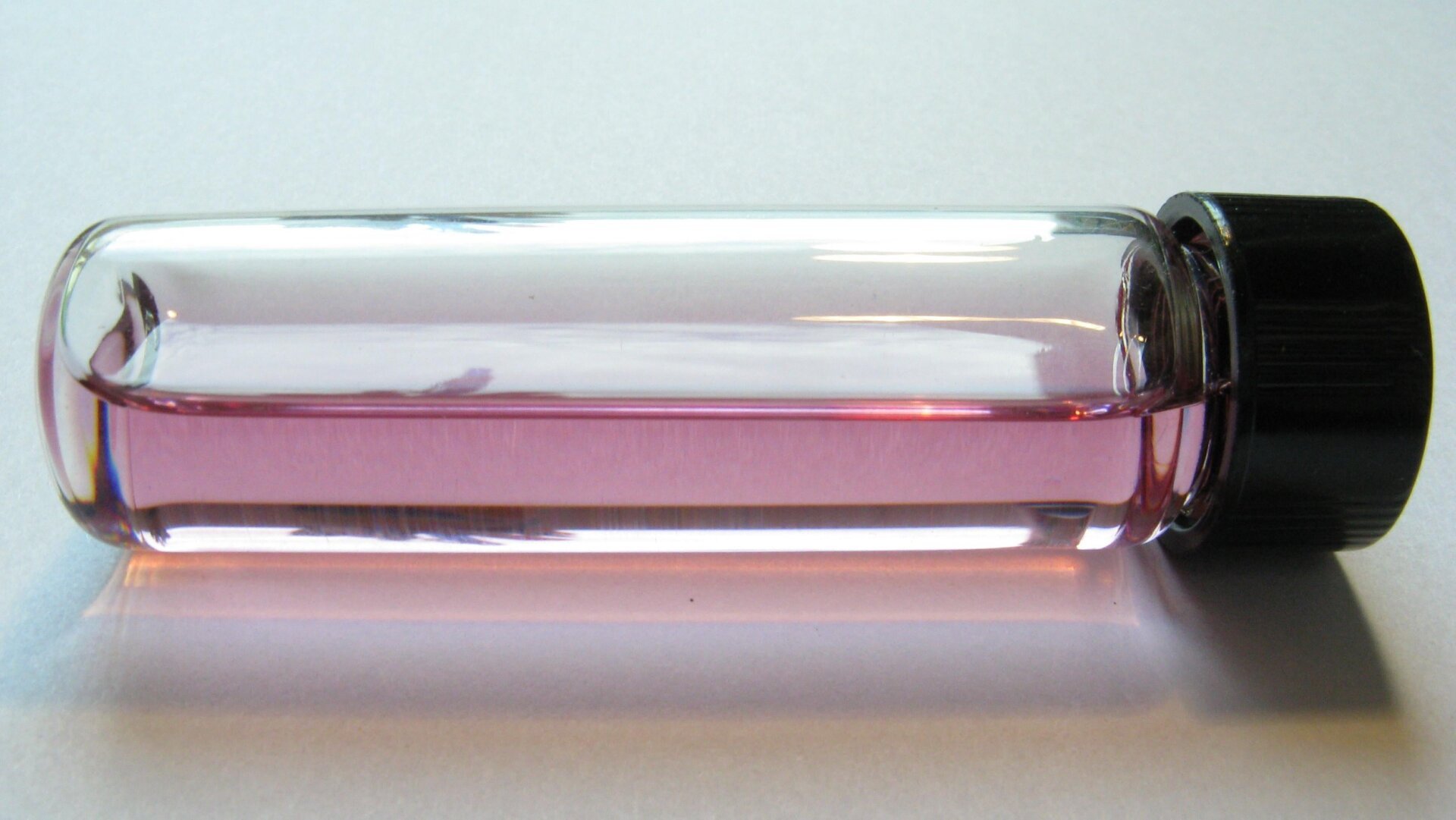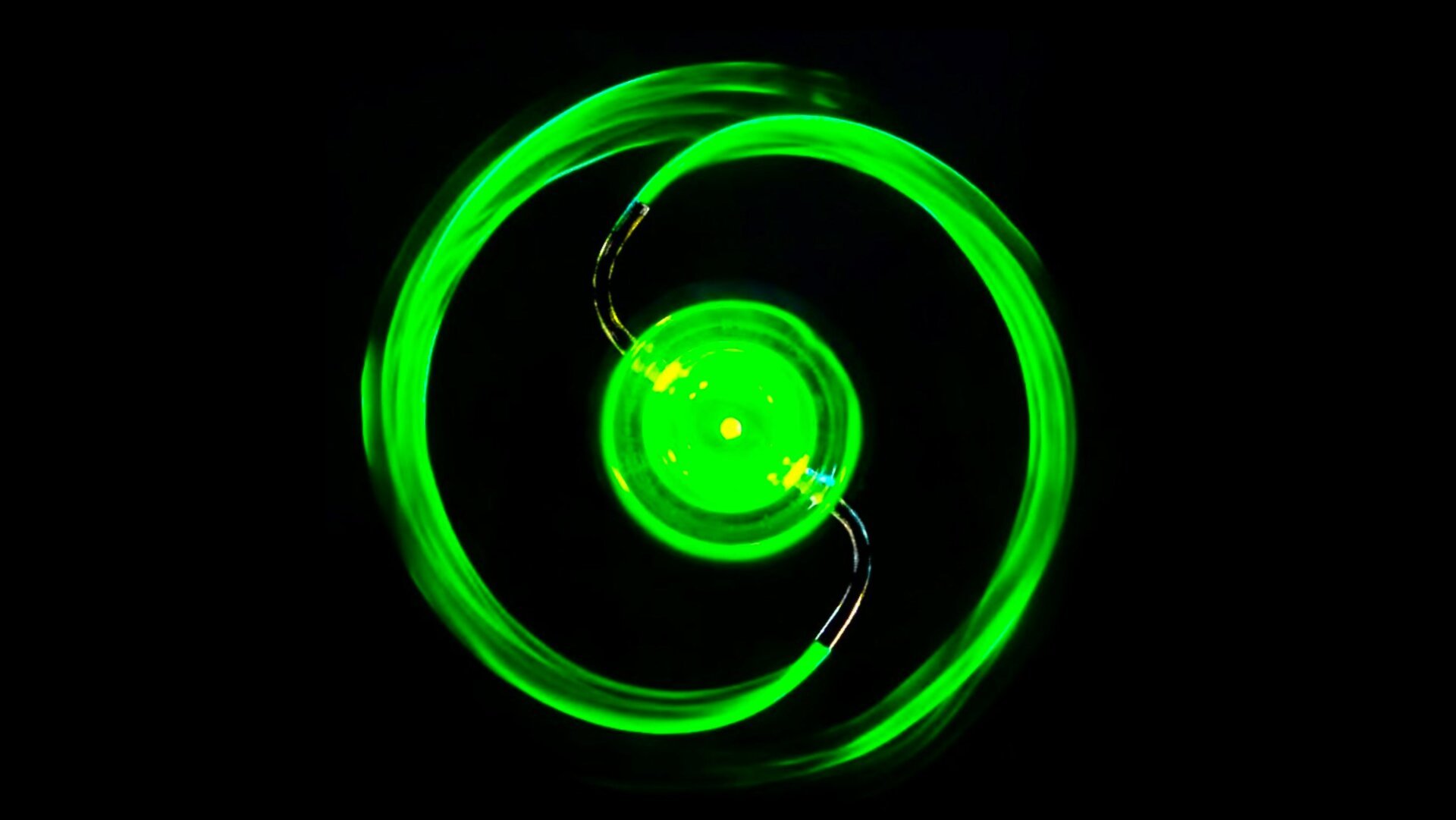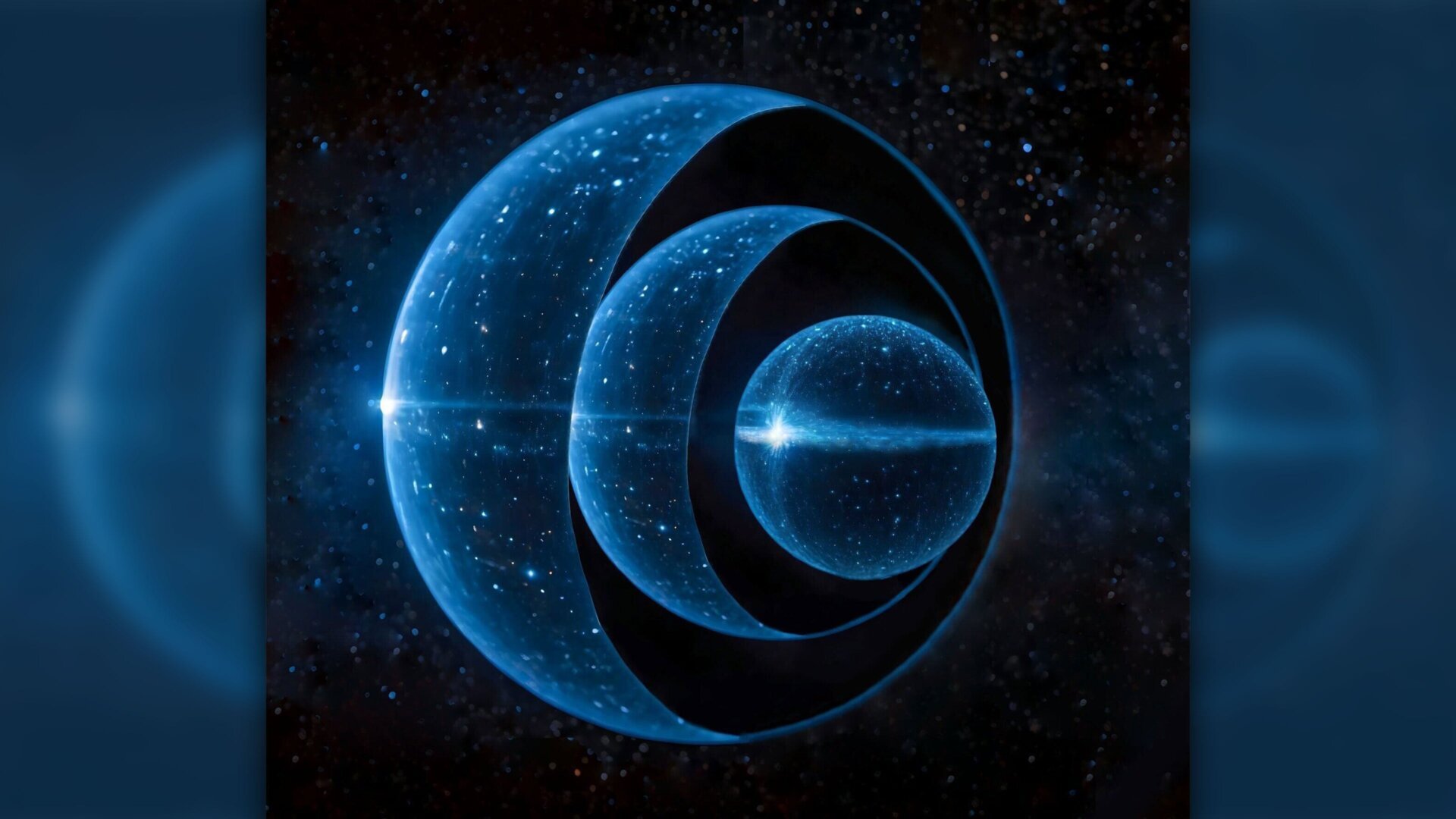The efficiency of photons as information carriers is a key area of exploration for materials scientists. Recent research has developed a model explaining how the efficacy of these light particles changes at higher wavelengths, a finding with significant implications for the development of a quantum communications network. Today’s fiber optics can transmit photons (individual light particles) with minimal loss at telecommunication wavelengths. In quantum systems, photons function similarly to bits in classical computers.
The Role of Light in the Future Internet
While the quantum internet doesn’t exist yet, it’s envisioned as a network of quantum computers transmitting information as quantum bits, or qubits. These qubits, existing in quantum states, hold more information than classical computer bits, which are limited to 0 or 1. As previously reported, the quantum internet’s functionality won’t differ drastically from the current internet, but it promises significantly enhanced encryption security, leveraging the principles of quantum mechanics.
New Research on Photon Emitters
A recent study published in APL Photonics presents a model outlining the role of electron-photon coupling in single-photon emitters. This research suggests ways to improve the efficiency of these emitters, which is crucial for quantum communication.
Addressing the Efficiency Challenge
“Atoms constantly vibrate, and these vibrations can drain energy from a light emitter,” explains Chris Van de Walle, a materials scientist at UC Santa Barbara and co-author of the paper. This vibrational energy loss can reduce light-emission efficiency.
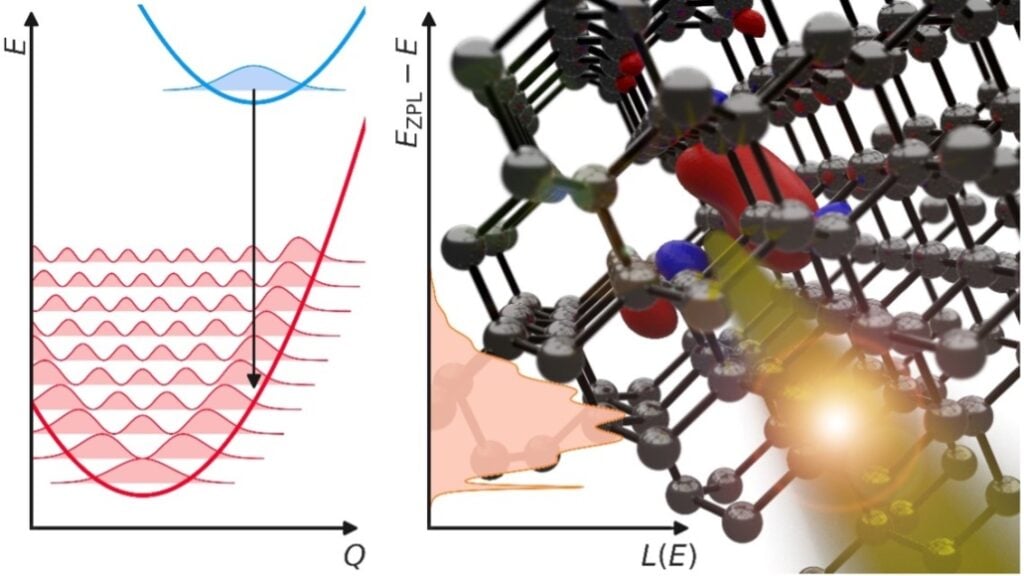 Concept art of a quantum defect emitting a photon.Quantum defect emitting a photon. Illustration: Mark Turiansky
Concept art of a quantum defect emitting a photon.Quantum defect emitting a photon. Illustration: Mark Turiansky
The research team hasn’t yet identified an ideal “Goldilocks” single-photon emitter but suggests a transmission energy of around 1.5 electronvolts could be optimal. They propose that if telecom wavelengths are necessary for transmission in optical fibers, quantum frequency conversion should be explored alongside direct generation, given the higher efficiencies achievable at shorter wavelengths.
“Choosing the host material carefully and conducting atomic-level engineering of the vibrational properties are two promising ways to overcome low efficiency,” states Mark Turiansky, lead researcher of the project at UC Santa Barbara. Another approach involves coupling to a photonic cavity, a tool that can manipulate the propagation of electromagnetic waves.
The Path Towards a Quantum Internet
Though a fully realized quantum internet remains distant, the foundational research has been ongoing for the past decade. In early 2020, the Department of Energy released its blueprint for a nationwide quantum internet, envisioning not only secure quantum communication but also advancements in quantum computing and sensor networks.
Conclusion
The development of a quantum internet is a complex and ongoing process. While challenges remain, particularly concerning the efficiency of photon emitters, ongoing research is paving the way for this transformative technology. This research into materials science and quantum mechanics is laying the groundwork for a new era of communication, promising enhanced security and computational capabilities.



